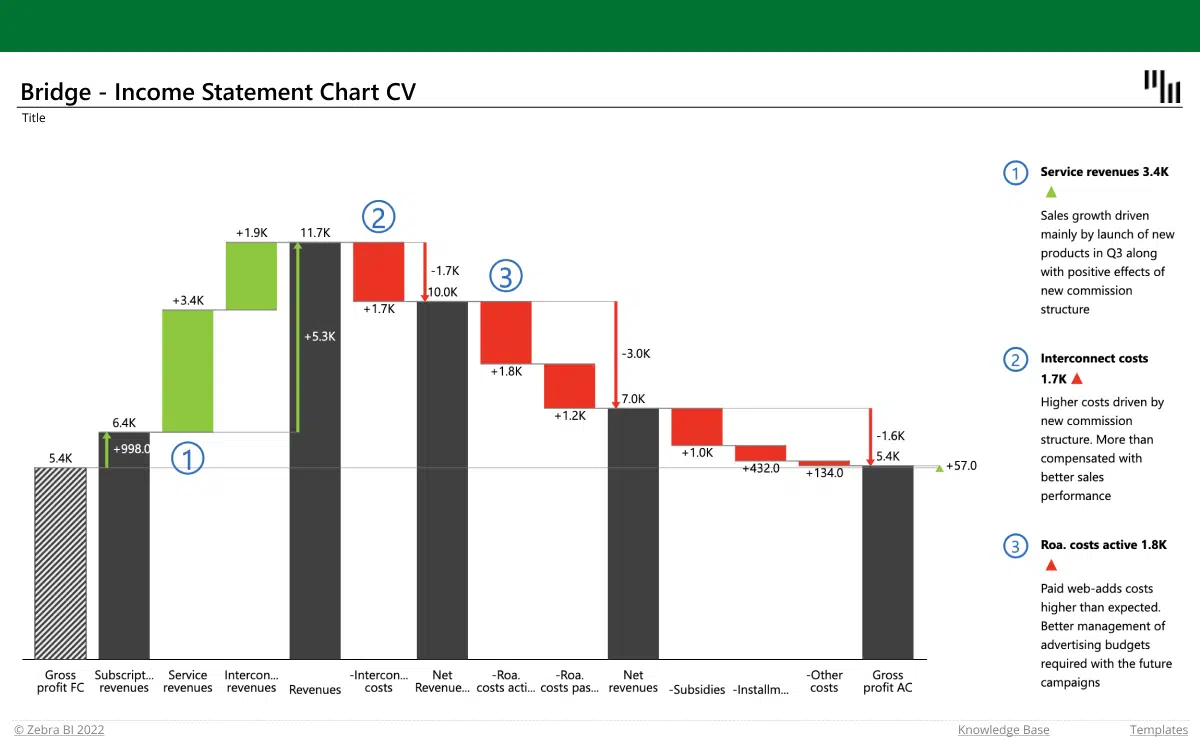Everything about Excel Links Not Working
Wiki Article
Some Of Excel Links Not Working
Table of ContentsSome Of Excel Links Not WorkingFascination About Excel Links Not WorkingA Biased View of Excel Links Not WorkingGetting My Excel Links Not Working To WorkWhat Does Excel Links Not Working Do?

Nevertheless, selection estimation features like either can not manage whole column references or calculate all the cells in the column. User-defined features do not immediately acknowledge the last-used row in the column and, consequently, regularly determine whole column referrals inefficiently. It is very easy to program user-defined functions so that they recognize the last-used row.

The Main Principles Of Excel Links Not Working
Using the formula for a vibrant range is usually more effective to the formula because has the drawback of being an unstable function that will be determined at every recalculation. Performance lowers because the function inside the dynamic array formula should check out many rows. You can decrease this performance decline by storing the part of the formula in a separate cell or defined name, and afterwards describing the cell or name in the dynamic range: Counts!z1=COUNTA(Sheet1!$A:$A) Offset, Dynamic, Array=OFFSET(Sheet1!$A$ 1,0,0, Counts!$Z$ 1,1) Index, Dynamic, Array=Sheet1!$A$ 1: INDEX(Sheet1!$A:$A, Counts!$Z$ 1+ROW(Sheet1!$A$ 1) - 1,1) You can also utilize functions such as to construct dynamic varieties, however is volatile as well as always determines single-threaded.
Using multiple dynamic arrays within a single column needs special-purpose checking features. Making use of lots of vibrant varieties can reduce performance. In Workplace 365 version 1809 and later, Excel's VLOOKUP, HLOOKUP, and also MATCH for precise match on unsorted information is much faster than in the past when looking up multiple columns (or rows with HLOOKUP) from the very same table range.
If you make use of the exact match choice, the computation time for the feature is symmetrical to the number of cells scanned before a suit is found. Lookup time utilizing the approximate suit alternatives of,, and also on sorted data is quick as well as is not dramatically increased by the length of the range you are looking up.
9 Simple Techniques For Excel Links Not Working
Make certain that you understand the match-type and also range-lookup choices in,, as well as. The adhering to code instance reveals the phrase structure for the function. To find out more, see the Suit method of the Worksheet, Feature object. MATCH(lookup value, lookup array, matchtype) returns the biggest match less than or equal to the lookup value when the lookup range is sorted rising (approximate match) (excel links not working).The default option is approximate match sorted ascending. requests a specific suit as well as thinks that the data is not sorted. returns the tiniest suit more than or equivalent to the lookup worth if the lookup selection is sorted coming down (approximate match). The following code example shows the syntax for the and also features.
VLOOKUP(lookup worth, table variety, col index num, range-lookup) HLOOKUP(lookup worth, table selection, row index num, range-lookup) returns the largest suit much less than or equivalent to the lookup value (approximate match). This is the default option. Table selection should be arranged rising. requests a specific suit and assumes the information is not arranged.
The 7-Minute Rule for Excel Links Not Working
If your information is anonymous arranged, yet you want a specific match, see Usage 2 lookups for sorted information with missing out on worths. Try utilizing the as well as works rather than. Is slightly quicker (about 5 percent faster), useful link simpler, and also uses less memory than a combination of as well as, or, the extra flexibility that as well as deal often enables you to dramatically save time.
The function is quick and also is a non-volatile function, which quickens recalculation. The feature is additionally fast; however, it is an unstable feature, and also it occasionally significantly boosts the moment required to process the computation chain. It's very easy to convert to and. The complying with 2 statements return the same response: VLOOKUP(A1, Data!$A$ 2:$F$ 1000,3, False) INDEX(Information!$A$ 2:$F$ 1000, MATCH(A1,$A$ 1:$A$ 1000,0),3) Because exact match lookups can be slow, think about the complying with choices for enhancing efficiency: Utilize one worksheet.
When you her response can, the data first (is fast), and also make use of approximate match. When you need to utilize a precise match lookup, restrict the variety of cells to be checked to a minimum. Use tables and structured recommendations or dynamic array names instead of referring to a large number of rows or columns.
The Ultimate Guide To Excel Links Not Working
2 approximate suits are dramatically faster than one specific suit for a lookup over greater than a few rows. (The breakeven point is concerning 10-20 rows.) If you can arrange your data yet still can not use approximate match due to the fact that you can not be certain that the value you are looking up exists in the lookup range, you can use this formula: IF(VLOOKUP(lookup_val, lookup_array,1, Real)=lookup_val, _ VLOOKUP(lookup_val, lookup_array, column, True), "notexist") The initial part of the formula functions by doing an approximate lookup on the lookup column itself.VLOOKUP(lookup_val, lookup_array, column, Real) If the answer from the lookup column did not match the lookup value, you have a missing worth, and also the formula returns "notexist". Know that if you look up a worth smaller than the tiniest value in the list, you receive an error. You can handle this mistake by utilizing, or by including a little test value to the checklist.
Starting with Excel 2007, you can make use of the function, which is both easy and fast. IF IFERROR(VLOOKUP(lookupval, table, 2 FALSE),0) In earlier variations, a simple but slow means is to use a function that includes 2 lookups. IF(ISNA(VLOOKUP(lookupval, table,2, FALSE)),0, _ VLOOKUP(lookupval, table,2, FALSE)) You can avoid the double exact lookup if you make use of specific as soon as, store the lead to a cell, and afterwards examine the outcome prior to doing an.
Report this wiki page